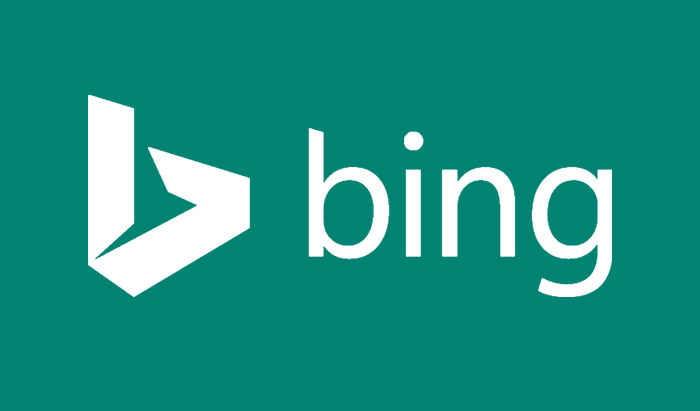
Bing Ads Introduces Upgraded URLs Globally
Bing Ads Introduces Upgraded URLs Globally /wp-content/uploads/bing-ads.jpg 700 411 Gravitate Digital Gravitate Digital /wp-content/uploads/bing-ads.jpgBing Ads has announced the introduction of Upgraded URLs globally for all markets.
Final URLs and tracking parameters will replace Destination URLs as they are phased out by the end of the year, with transition plans in place to migrate all advertisers to Upgraded URLs by close of 2017.
As it stands, Destination URLs can be defined as the link or web address users click on to access the landing page of a business, whereas the Final URL is the actual web address of a landing page itself. Upgraded URLs will bring with them a new field for tracking management along with a host of new features for Bing Ads users.
How will Upgraded URLs benefit advertisers?
Under the new system, advertisers will find it easier to monitor campaign performance and identify how visitors react to ads, helping them to ensure an effective use of their budget and increase of their ad spend return.
Increased character limits are also being introduced, allowing 2048 for both Final URLs and in tracking templates for a maximum of 4096 characters, considerably more than the former 1024 limit.
Advertisers can now define their own tracking parameters too – enabling them to combine commonly used URL parameters – or to create parameters specific to campaigns and link them to tracking templates or Final URLs.
In addition, custom parameters and dynamic text will help to identify the source of ad clicks, while Bing’s new auto-tagging feature will save users time by automatically adding tags to the end of URLs.
What will the new interface look like?
Upgraded URLs will use separate fields for URLs and parameters as follows:
Final URL
The landing page URL where customers are sent will be displayed here. A separate mobile app URL can also be set up.
‘Shared Tracking Template’
This will contain tracking information and those using URL parameters for tracking can input data here.
Custom parameters
These will also come into play, allowing users to input further granular tracking information for reports and URLs.
- Posted In:
- Uncategorised

